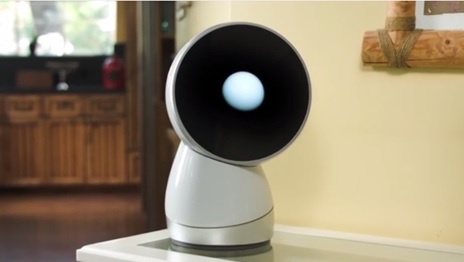Human Sensor Network and Fusion
Siddhant Shrivastava
February 15, 2015
Filed under “Analogy”
In the true spirit of Sweat and Neurons, this rambling mindgasm is about an exquisite biosensor and intelligent network - a living organism’s sensory and nervous systems.
- Proactive vs Reactive systems
Sensory systems are reactive whereas the nervous system exhibits reinforcement - it learns from its past and grows stronger on positive feedback - that is, it is proactive to future decisions.
- How the systems evolved?
Evolution (artificial and natural selection, genetic aberrations) compounded by the survival of the fittest, most agile (reactive), and most adaptive (proactive) species caused these systems to reach to the point where they place currently.
- Where are these systems headed?
Research on sensor networks(wired/wireless), Cellular Automata and Artificial Intelligence suggest our disposition towards making an electronic human. Evolution might have to struggle with the same hiccups like sensor resolution, power requirements, accuracy, layout, response time, data fusion that researchers struggle today.
So here’s to the robots of tomorrow - who can feel just like a human - social robotics and human-robot interaction are potential early adopters of the developments that sprout from this research.
Here are some Social Robots that might interest you:
Jibo - MIT Media Lab
